Twenty images that show Malmö through the ages

No city in Sweden has transformed itself quite as much as Malmö. So to help you keep track of the changes, we've dug some pictures out of the archives.
This article is available to Members of The Local. Read more Membership Exclusives here.
Malmö's railway station used to be the last stop in Sweden before the ferry over to Denmark and continental Europe.
Here's a picture from 1906 of the station, much of which remains in place today. In the foreground, you can see the bridge and tram track leading over to the Kockums shipyard, which was then the city's major employer.

Photo: Tekniska Museet/Flickr
Here's a photo from the main platform.

Photo: Tekniska Museet/Flickr
From the station, Swedes travelling to the continent would make their way to the harbour where boats left regularly for Germany and Denmark.
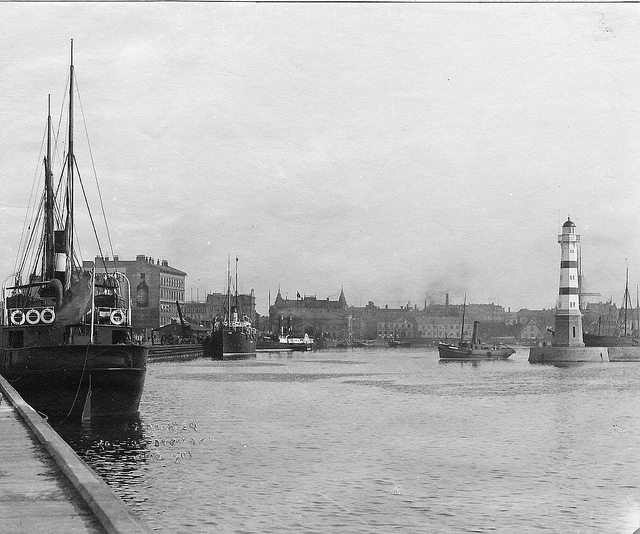
Photo: Tekniska Museet/Flickr
Malmö was early to adopt modern technologies. Here are telephone lines suspended above the city back in 1890.
..jpg)
Photo: Tekniska Museet/Flickr
The 1960s saw the start of a major rebuilding of the city. Here's the comedian Lasse O'Månsson posing as a stature in the main Stortorget Square near the station in 1963.
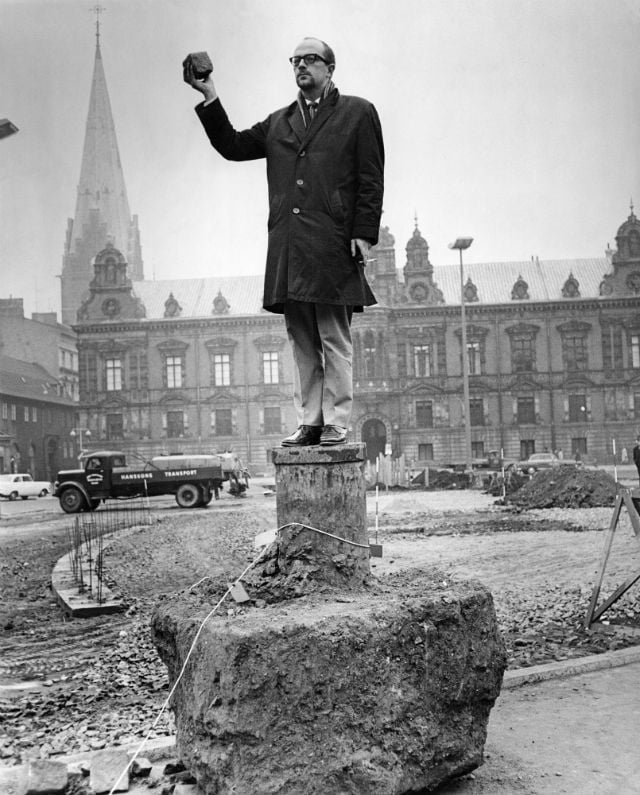
Photo: Kenneth Olson/TT
Here is the main Stortorget Square in 1914 when King Kristian X of Denmark, King Gustav V of Sverige and King Haakon VII of Norway all met to signal their intention to remain neutral during the First World War.
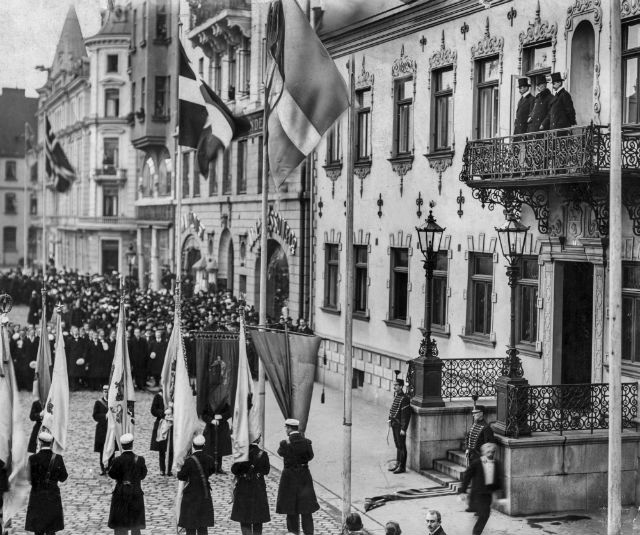
Photo: Oscar Ellqvist/TT
But despite all the pomp and circumstance of this royal visit, much of Malmö was fairly run down in the early 20th century.
Here's a photograph of Per Weijersgatan taken by the architectural historian Sigurd Curman in 1912. These buildings were all demolished to make way for what is now the Åhlens department store.

Photo: Sigurd Curman/Tekniska Museet/Flickr
Here is a photo Curman took of another Malmö street, which is unnamed in Tekniska Museet's collection.

Photo: Sigurd Curman/Tekniska Museet/Flickr
Here is a photo of the old telephone exchange on Adelgatan, between Stortorget and the Central Station in 1930.

Photo: Tekniska Museet/Flickr
For much of the 20th century Malmö's economy was driven by the Kockums shipyard, which in 1952 and 1953 built more ships, measured in tonnage, than any other yard in the world. Here are two ships under construction in 1968 and 1964 respectively.
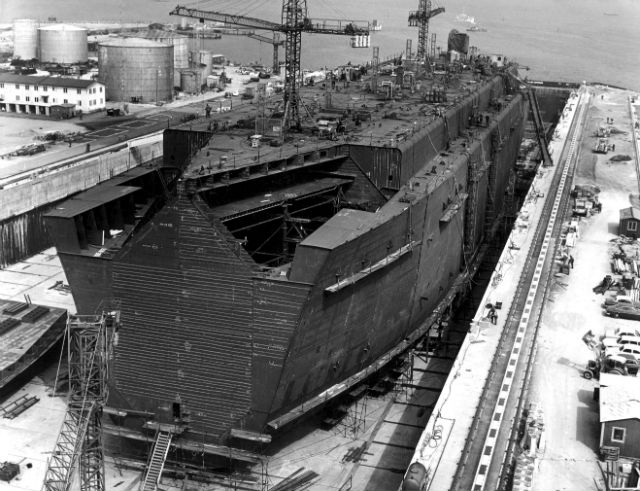
Photo: Scanpix
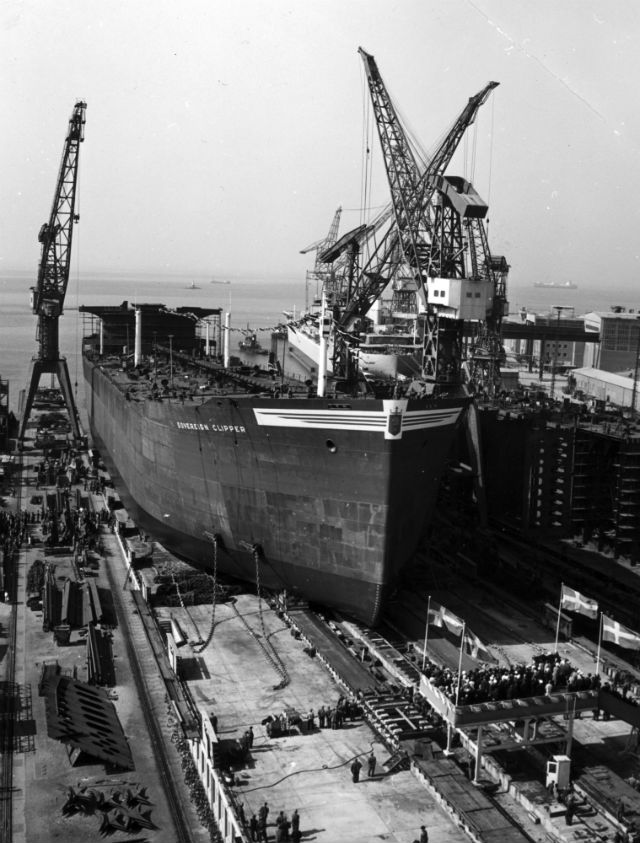
Photo: Scanpix
Here's a picture taken in 1984 of the Kockums crane which dominated Malmö's skyline until it was taken down in 2002 and shipped to Ulsan in South Korea, where it is apparently still known as "Malmö's tears".
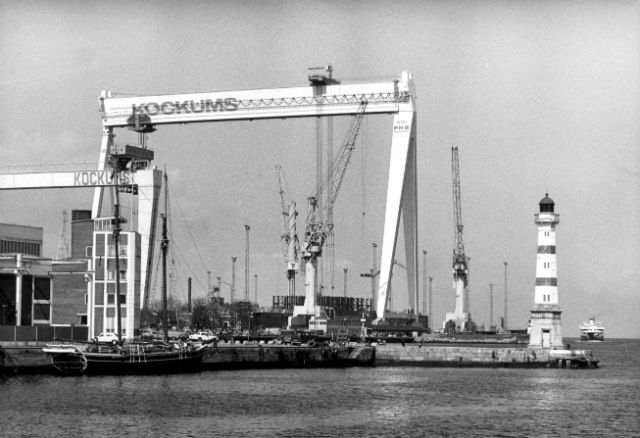
Photo: Scanpix
Malmö wasn't just built on shipbuilding though. Here's the first truck ever built by the then Malmö-based company Scania, back in 1909. The company is now headquartered in Södertälje outside Stockholm.
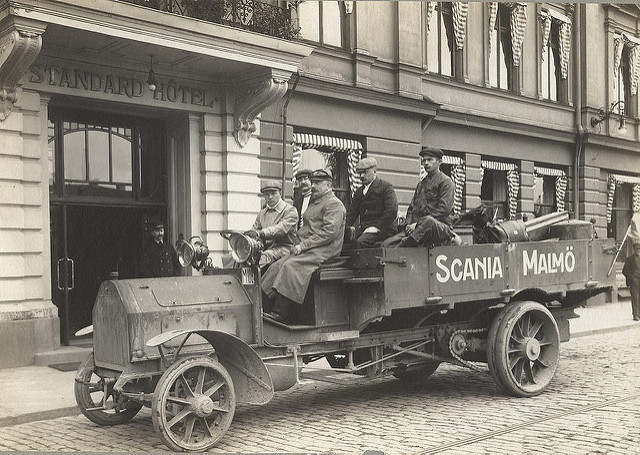
Photo: Tekniska Museet/Flickr
The city's rapid industrial growth saw it chosen as the site of the 1914 Baltic Exhibition, which showcased the industry, art and culture of Sweden, Denmark, Germany and Russia. The exhibition saw the creation of a new park Pildammsparken, which remains a popular leisure spot for Malmöites today.
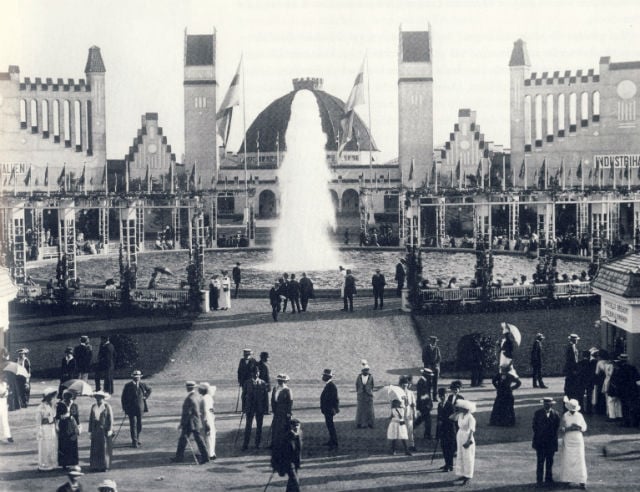
Photo: Malmö Museum/Wikimedia Commons
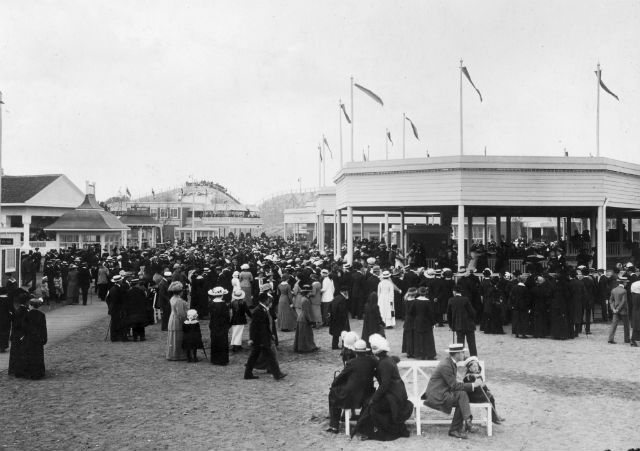
Photo: Pressens bild/TT
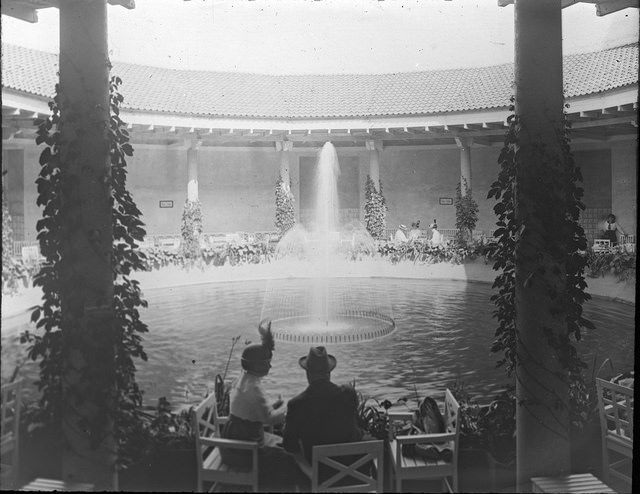
Photo: Tekniska Museet/Flickr
By the 1960s, a different kind of leisure became popular. Here's Mick Jagger from the Rolling Stones on board Cheeta II, a pirate radio ship which broadcast to Malmö from its mooring in the Öresund Straits, back in 1965.

Photo: TT
Before the Öresund Bridge was built, the fastest way to Copenhagen from the city was by one of the vessels operated by the Centrumlinjen. Here is one of them back in 1971.

Photo: Svenska Dagbladet/TT
In the mid 1990s, work started on the bridge. Here it is in 1997 just after the piles had been laid.

Photo: Pawel Flato/TT
The bridge has transformed Malmö into perhaps Sweden's most European and continental city. But the city keeps on changing. The ferris wheel in Folkets Park, a much-loved Malmö landmark, only vanished back in 2011.

Photo: Christian Tigerblad/Flickr
Comments
See Also
This article is available to Members of The Local. Read more Membership Exclusives here.
Malmö's railway station used to be the last stop in Sweden before the ferry over to Denmark and continental Europe.
Here's a picture from 1906 of the station, much of which remains in place today. In the foreground, you can see the bridge and tram track leading over to the Kockums shipyard, which was then the city's major employer.

Photo: Tekniska Museet/Flickr
Here's a photo from the main platform.

Photo: Tekniska Museet/Flickr
From the station, Swedes travelling to the continent would make their way to the harbour where boats left regularly for Germany and Denmark.

Photo: Tekniska Museet/Flickr
Malmö was early to adopt modern technologies. Here are telephone lines suspended above the city back in 1890.
..jpg)
Photo: Tekniska Museet/Flickr
The 1960s saw the start of a major rebuilding of the city. Here's the comedian Lasse O'Månsson posing as a stature in the main Stortorget Square near the station in 1963.

Photo: Kenneth Olson/TT
Here is the main Stortorget Square in 1914 when King Kristian X of Denmark, King Gustav V of Sverige and King Haakon VII of Norway all met to signal their intention to remain neutral during the First World War.

Photo: Oscar Ellqvist/TT
But despite all the pomp and circumstance of this royal visit, much of Malmö was fairly run down in the early 20th century.
Here's a photograph of Per Weijersgatan taken by the architectural historian Sigurd Curman in 1912. These buildings were all demolished to make way for what is now the Åhlens department store.

Photo: Sigurd Curman/Tekniska Museet/Flickr
Here is a photo Curman took of another Malmö street, which is unnamed in Tekniska Museet's collection.

Photo: Sigurd Curman/Tekniska Museet/Flickr
Here is a photo of the old telephone exchange on Adelgatan, between Stortorget and the Central Station in 1930.

Photo: Tekniska Museet/Flickr
For much of the 20th century Malmö's economy was driven by the Kockums shipyard, which in 1952 and 1953 built more ships, measured in tonnage, than any other yard in the world. Here are two ships under construction in 1968 and 1964 respectively.

Photo: Scanpix

Photo: Scanpix
Here's a picture taken in 1984 of the Kockums crane which dominated Malmö's skyline until it was taken down in 2002 and shipped to Ulsan in South Korea, where it is apparently still known as "Malmö's tears".

Photo: Scanpix
Malmö wasn't just built on shipbuilding though. Here's the first truck ever built by the then Malmö-based company Scania, back in 1909. The company is now headquartered in Södertälje outside Stockholm.

Photo: Tekniska Museet/Flickr
The city's rapid industrial growth saw it chosen as the site of the 1914 Baltic Exhibition, which showcased the industry, art and culture of Sweden, Denmark, Germany and Russia. The exhibition saw the creation of a new park Pildammsparken, which remains a popular leisure spot for Malmöites today.

Photo: Malmö Museum/Wikimedia Commons

Photo: Pressens bild/TT

Photo: Tekniska Museet/Flickr
By the 1960s, a different kind of leisure became popular. Here's Mick Jagger from the Rolling Stones on board Cheeta II, a pirate radio ship which broadcast to Malmö from its mooring in the Öresund Straits, back in 1965.

Photo: TT
Before the Öresund Bridge was built, the fastest way to Copenhagen from the city was by one of the vessels operated by the Centrumlinjen. Here is one of them back in 1971.

Photo: Svenska Dagbladet/TT
In the mid 1990s, work started on the bridge. Here it is in 1997 just after the piles had been laid.
Photo: Pawel Flato/TT
The bridge has transformed Malmö into perhaps Sweden's most European and continental city. But the city keeps on changing. The ferris wheel in Folkets Park, a much-loved Malmö landmark, only vanished back in 2011.

Photo: Christian Tigerblad/Flickr
Join the conversation in our comments section below. Share your own views and experience and if you have a question or suggestion for our journalists then email us at [email protected].
Please keep comments civil, constructive and on topic – and make sure to read our terms of use before getting involved.
Please log in here to leave a comment.